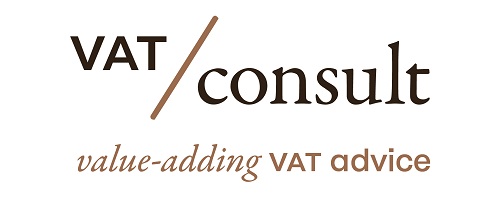Public finance in theory and practice
Virtually every reference VAT manual recommends a single rate. A single VAT rate saves both the administration and the taxpayers significant costs, prevents fraud and litigation, and is the only solution that can ensure tax neutrality. Along with the rationalisation of exemptions, this is one of the main tenets of modern VAT doctrine.
A single VAT rate can arguably be set in places where international agencies use their leverage to impose orthodoxy. For the EU, however, this was never an option. At the time the EU VAT system was built, national practice was much diverse, each state singling out different goods and services with reduced rates in the pursuit of their public policies.
Source International Tax Review
Latest Posts in "European Union"
- GENA Urges EU to Harmonise and Expand Digital E-Invoicing in Public Procurement Reform
- Audit Office Monitors Council’s VAT Filing Amid Potential £600k HMRC Fine Risk
- EU VAT Gap 2023: Key Findings, Country Comparisons, and Policy Insights from Mind the Gap Report
- Comments on ECJ C-121/24: Joint and several liability for a non-existent entity
- Key Indirect Tax Changes and Reforms for 2026














